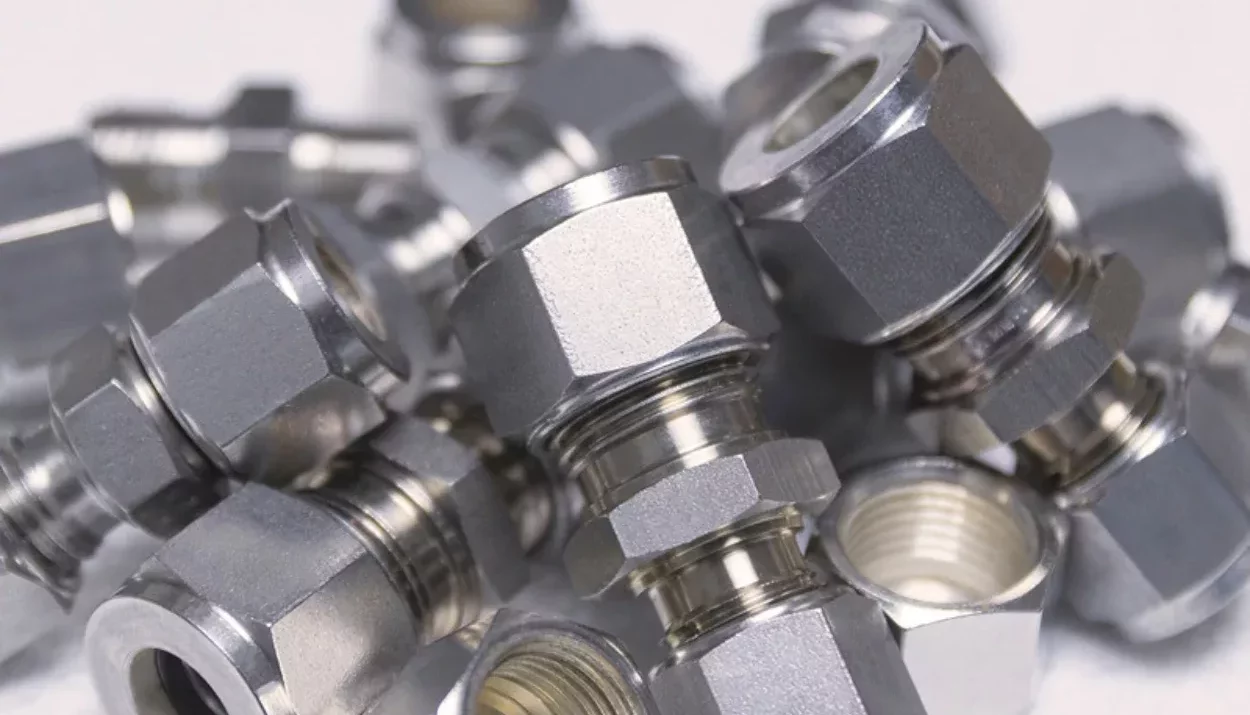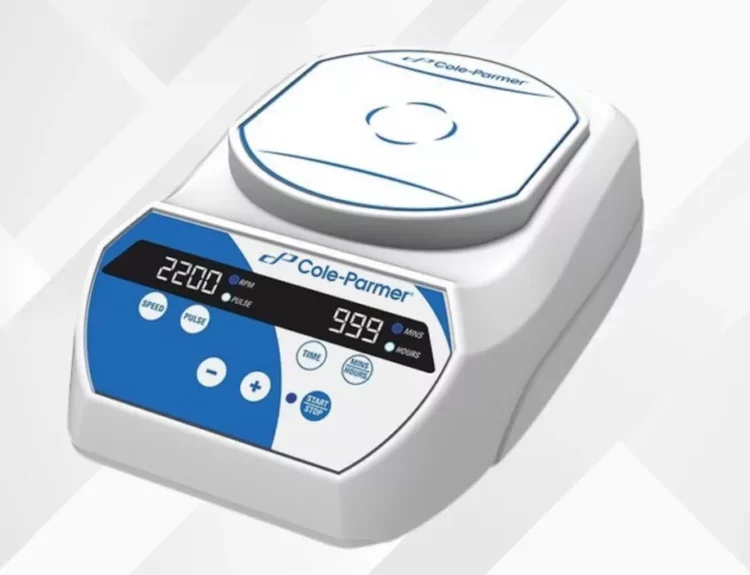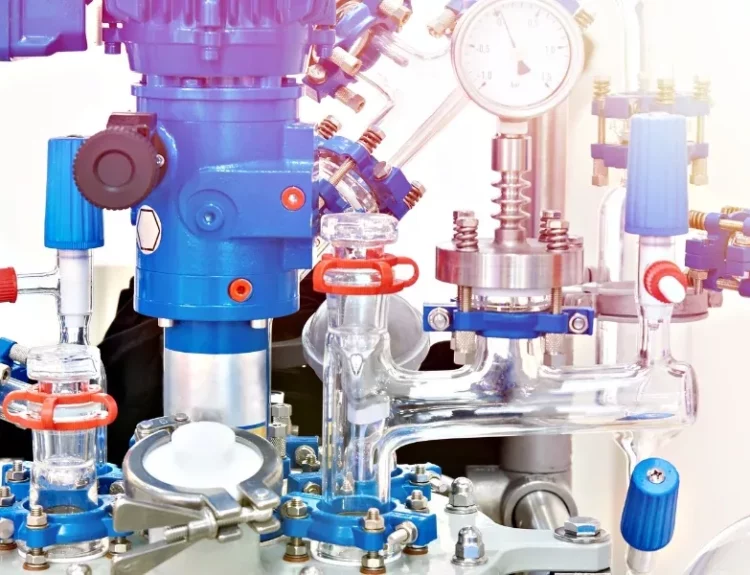Non-return valves, often known as check valves, are the unsung heroes of the plumbing and engineering world. Their job sounds simple: make sure fluids (like water, oil, or gas) go only in one direction and don’t decide to turn back. But, how they do this job is quite clever and comes in different styles. Let’s dive into the world of non-return valves, looking at their designs, such as swing, lift, and diaphragm types, and see how these designs make them work so well.
The Swing Type: The Doorkeeper
Imagine a door that only opens one way. The swing-type non-return valve works just like that. It has a flap or a door inside, called a disc, which swings open when fluid pushes against it from one side. Once the fluid stops or tries to go back, the door swings shut, blocking the flow. This type is like a bouncer at a club, letting the flow in but not out. It’s great for systems where the steady flow stays mostly the same, but it might not be the quickest to close if it suddenly stops.
The Lift Type: The Elevator
Lift-type valves are like tiny elevators for fluid. Inside, there’s a ball or a disc that lifts up when fluid pushes from below. This lifting opens up a path for the fluid to move through. When the pushing stops, gravity brings the ball or disc back down, sealing the path shut. This type is nifty because it can respond quickly to changes in flow, making it a good choice for systems where the fluid might start and stop frequently.
The Diaphragm Type: The Flexible Friend
Diaphragm non-return valves are like one-way air valves on inflatable pool toys. They have a flexible diaphragm or membrane that flexes open when fluid pushes from one side. When the fluid tries to go back, the diaphragm presses against a seat, sealing the valve shut. This type is helpful in systems where you don’t want leaks, as the diaphragm can fit snugly to close off the flow. Plus, it’s gentle on the fluid, perfect for systems handling delicate or viscous liquids.
Why Their Design Matters
The unique designs of non-return valves are not just for show; they directly impact how well the valve can do its job. The swing type’s simple design is excellent for large pipes and steady flows, but it might not be the best at stopping a back-flow quickly. With its responsive lift-and-drop mechanism, the lift type is excellent for systems that need a quick reaction to flow changes. And the diaphragm type, with its snug seal, is ideal for preventing leaks and handling fluids that need a gentle touch.
In essence, non-return valves are like the traffic controllers of fluid systems, making sure everything flows smoothly in the right direction. Their different designs, from the swinging door to the flexible diaphragm, ensure they can handle the unique demands of the systems they’re a part of. So, next time you turn on a tap or watch a factory at work, remember the humble non-return valve and its clever design, quietly ensuring everything flows just as it should.







